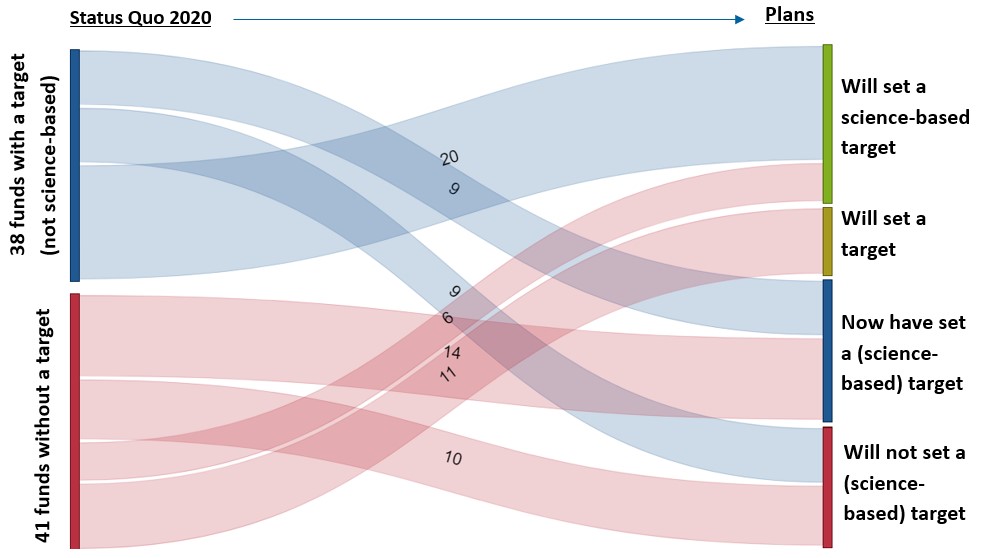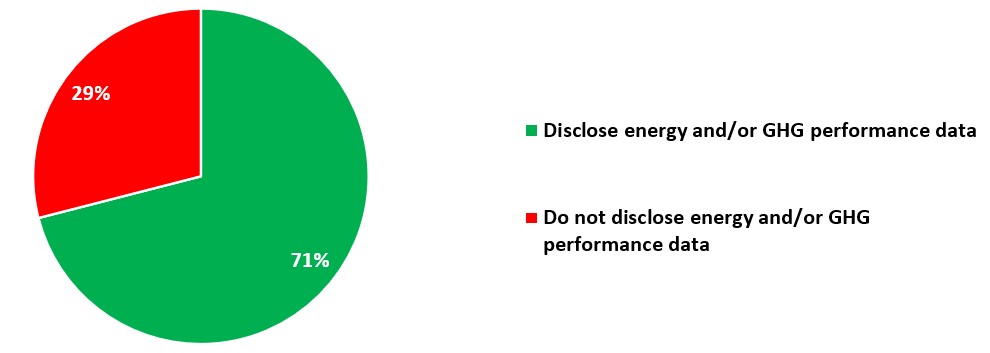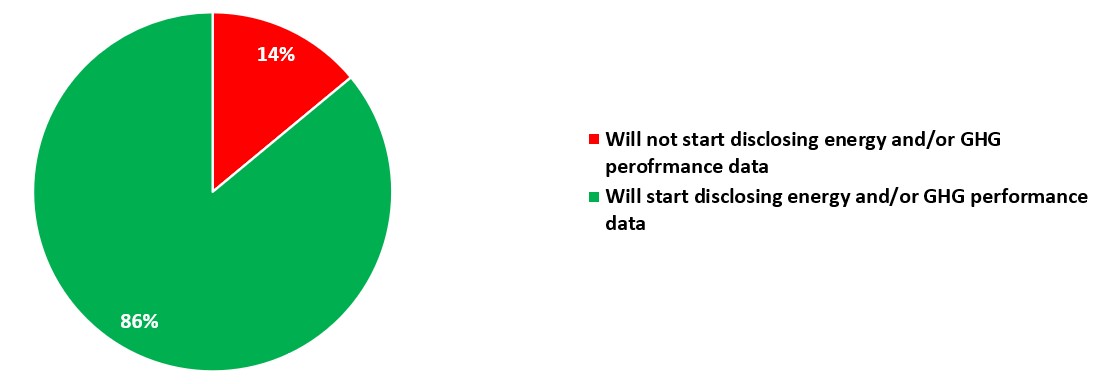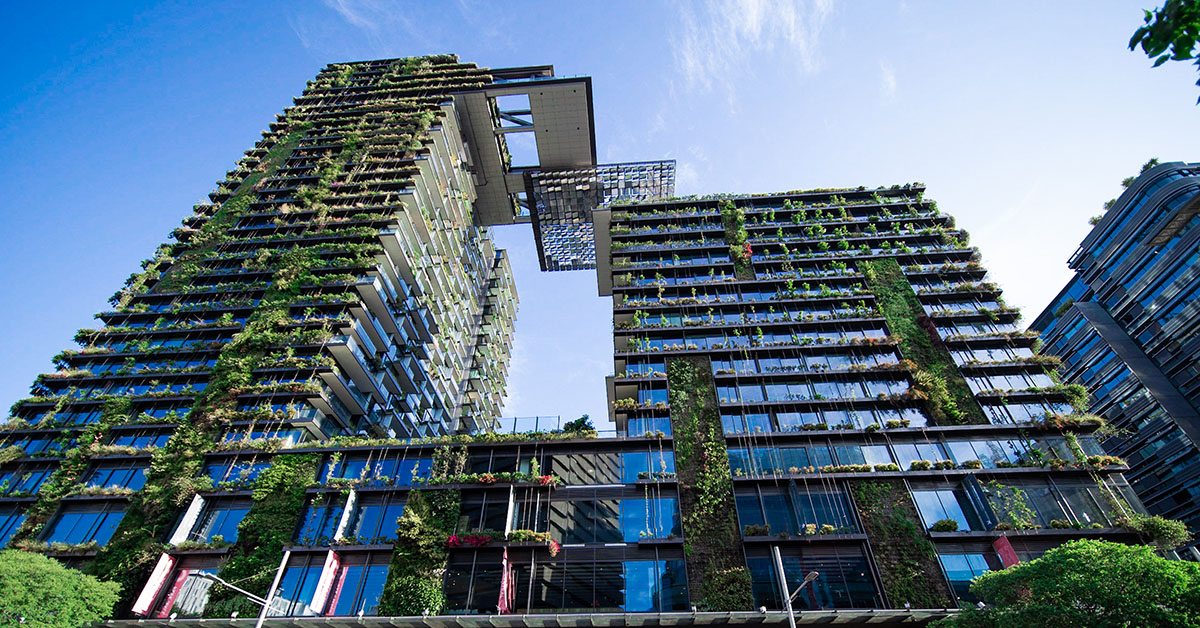GREEN: Small-cap REIT survey 2021
At the end of 2021, a survey was conducted for funds out of the top 60 in FTSE Nareit EPRA Index. Through this survey, GREEN aimed to better understand what were the norms of smaller funds in the index in terms of target setting, reporting, disclosing, and deploying sustainability tools.
About the survey
Figure 1 shows an overview of the target group and response group. A total of 254 funds who are the smaller REITs were feasible for this survey. 48% of all smaller REITs (132 funds) were at the time reporting of GRESB. The rest of the funds (123 funds) were not reporting to GRESB. Out of the 222 funds reached through our outreach, 97 replied to the questionnaire, implying 43.7% response rate. All funds were divided into two groups: those who reported to GRESB through ‘real estate assessment’ platform (so-called ‘GRESB members’) and those who only reported to GRESB through their public disclosure assessment (so-called ‘public disclosure funds’). It was noticeable that GRESB funds were more responsive as compared to the public disclosure funds with response rates of respectively 25% and 19%.
Figure 1. Survey response

60% of the funds is planning to join GRESB
Out of the 97 funds that responded to the questionnaire, 42 funds were not members of GRESB and therefore were asked about plans to start participating in GRESB in the near future. Referring to Figure 2, 60% of these funds is planning to join GRESB, 14% have participated before and stopped doing so, and another 26% is not planning to join GRESB. Figure 3 provides information about the number of funds engaged per topic.
Figure 2. Future plan to participate in GRESB

Figure 3. Frequency of topics discussed in the survey*

* Note: Total number of responses were 97. Surveys were tailor-made, so that not every topic was discussed in each survey (except for CRREM tool use).
56% of the funds have defined a target
Referring to Figure 4, within the target group, 143 funds have defined a target, 27 out of which have defined a science-based target.
Figure 4. Target setting on Energy/GHG

33% of funds who did not have a science-based target will set this target
Figure 5 depicts the status quo target (left axis) and the plans these funds have for setting (new) targets (right axis). Results show that a total of 26 funds (consisting of 20 funds who already have a non-science-based target and 6 funds that did not have any target) are planning to set a science-based target. 23 other funds (consisting of 9 funds who already have a non-science-based target and 14 funds that did not have any target) claim that they have in fact now formulated a (science-based) target.
Figure 5. Status quo and future plan for target setting*

* Note: Only funds that did not have a target or that did not have a science-based target were asked about their plans.
Most funds disclose Energy/GHG data
Referring to Figure 6, within 254 funds in the target group, most funds do disclose Energy and/or GHG performance data in their sustainability report. The 29% of funds that did not disclose were all funds that did report to GRESB through the Public Disclosure platform but were not GRESB members. A total of 21 funds in this 29% were questioned about their plans to start disclosing this data in the near future. Figure 7 shows that out of these 21 laggards, 18 (86%) stated that they will start disclosing their performance data in the coming years.
Figure 6. Disclosure of Energy/GHG performance data in reporting

Figure 7. Future plan for disclosing GHG/energy performance data

Call upon investors to collaborate to achieve real-world impact
GREEN network members acknowledge the importance of collaboration to initiate change and maximize impact. We therefore call upon other institutional investors to join GREEN and work together towards a Paris-aligned real estate sector. Check the Investor statement for more information.






